The smell of fresh sourdough fills your bakery, but to achieve perfect results, commercial sourdough bread slicers are a must. These machines ensure precision slicing, maintaining the bread's crumb structure and enhancing its professional appeal.
Commercial sourdough bread slicers have changed the game for bakeries. They offer efficiency and consistency that manual cutting can't. Whether you're a small bakery or a big production facility, the right slicer can boost your workflow and product quality.
In this guide, we'll look at the top five commercial sourdough bread slicers. They range from manual precision to automated speed. These options will make slicing bread easier for you.
Choosing the right commercial bread slicers is a big deal for bakers. It's not just a purchase; it's an investment in your craft. Our list will help you find the best balance of performance, durability, and cost.
Table of contents
- Understanding Sourdough Bread Slicers Commercial Equipment
- Why Invest in a Sourdough Bread Slicers Commercial Machine?
- Essential Components of Sourdough Bread Slicers Commercial Systems
- Comparing Manual vs. Automatic Sourdough Bread Slicers Commercial Options
- Sourdough Bread Slicers Commercial: Top Market Options
- Maintenance and Care Guidelines for Sourdough Bread Slicers Commercial Equipment
- Space Requirements and Installation Considerations for Sourdough Bread Slicers Commercial Use
- Production Capacity and Speed Analysis of Sourdough Bread Slicers Commercial Models
- Cost-Benefit Analysis of Commercial Slicers
- Safety Features and Compliance Standards
- Integration with Existing Bakery Equipment: Sourdough Bread Slicers Commercial Perspective
- Customer Support and Warranty Coverage for Sourdough Bread Slicers Commercial Products
- Environmental Impact and Energy Efficiency of Sourdough Bread Slicers Commercial Equipment
- Conclusion
- FAQs
Understanding Sourdough Bread Slicers Commercial Equipment
Commercial bread slicer machines are key for bakeries and food places. They make bread prep quick and precise. These tools change how kitchens slice bread.
Modern automatic bread cutters are a big step up in food tech. They give results that manual slicing can’t.
Key Features of Professional Slicers
Professional bread slicers have special features:
- Adjustable slice thickness (from 8mm to 60mm)
- Big feed chutes
- Sturdy stainless steel build
- Accurate cutting
Benefits of Automated Slicing
Automated bread slicers bring many benefits to kitchens:
- They work faster (up to 14,000 slices an hour)
- Make slices the same every time
- Save on labor costs
- Look better on plates
"Efficiency is the hallmark of professional bakery equipment" - Culinary Expert
Safety Considerations
Choosing bread slicers means safety first. Modern cutters have cool safety features:
- Blade guards
- Emergency stop buttons
- Auto shut-off
- Safe chute designs
Getting the right bread slicer can really help your kitchen. It makes work flow better and products more consistent.
Why Invest in a Sourdough Bread Slicers Commercial Machine?
Running a sourdough bakery needs precision and efficiency. That’s why industrial bread cutting machines are key for your business. The global sourdough market was worth $3.30 billion in 2023. This shows the growing need for top-notch artisan bread.
Commercial sourdough bakery supplies, like specialized bread slicers, bring big benefits. They can change how you make bread:
- Consistent slice thickness for uniform presentation
- Reduced labor costs and increased productivity
- Minimized bread waste during cutting
- Enhanced food safety and hygiene standards
Sourdough bread’s unique texture makes slicing hard. Its crusty outside and soft inside need precise tools. Industrial bread cutting machines keep each slice perfect, both in structure and look.
"Investing in the right equipment is investing in your bakery's reputation and efficiency." - Professional Baker's Insight
Getting a commercial sourdough bread slicer can really boost your bakery’s work flow. These machines save time and make slices that look great. This makes customers happier and think your products are better.
| Slicer Feature | Benefit |
|---|---|
| Adjustable Slice Thickness | Customizable slice sizes for different bread types |
| Stainless Steel Blades | Durability and easy cleaning |
| Safety Guards | Prevents workplace accidents |
The sourdough market is set to grow at a 7.2% CAGR from 2024 to 2030. Getting professional slicing equipment makes your bakery ready for this growth.
Essential Components of Sourdough Bread Slicers Commercial Systems
Professional bread slicers are advanced machines that boost your bakery’s efficiency and consistency. Knowing the key parts helps you choose the best equipment for your needs.
Blade Technology and Materials
The blade is the core of a heavy-duty bread slicer. Top-notch blades are made from high-quality stainless steel. This ensures they last long and cut accurately. They have:
- Razor-sharp serrated edges for clean cuts
- Materials that resist corrosion
- Adjustable slice thickness (8-60 mm range)
Frame Construction
A strong frame is vital for stable slicing. Professional slicers have sturdy frames that reduce vibration. This leads to consistent results. Look for:
- Frames made from stainless steel or reinforced aluminum
- Compact designs for better kitchen space
- Stable bases to prevent movement
Safety Mechanisms
Modern bread slicers focus on safety with advanced features. These include:
- Automatic shut-off when the chute door is opened
- Blade guards to prevent accidents
- Waterproof touch control panels
"Safety and efficiency are the cornerstones of professional bread slicing equipment." - Bakery Equipment Experts
Choosing the right bread slicer is about understanding these key parts. Your decision affects your bakery’s productivity, quality, and safety.
Comparing Manual vs. Automatic Sourdough Bread Slicers Commercial Options
Choosing the right bread slicer is key for your bakery. Manual and automatic cutters have different benefits. High-volume equipment can change how you make bread.
- Lower initial cost
- More compact design
- Greater control over slice thickness
- Suitable for artisan bread production
Automatic bread cutters offer big advantages for big bakeries:
- Significantly faster slicing speed
- Consistent slice uniformity
- Reduced labor costs
- Higher production capacity
*"The right slicer can increase your bakery's efficiency by up to 300%"* - Professional Baker's Insights
| Feature | Manual Slicer | Automatic Bread Slicer |
|---|---|---|
| Slicing Speed | 5-10 loaves/hour | 30-50 loaves/hour |
| Slice Consistency | Moderate | Highly Precise |
| Initial Investment | $200-$500 | $1,500-$5,000 |
Your choice depends on how much you make, your budget, and what you need. Small bakeries might do well with manual slicers. But big bakeries need high-volume equipment for efficiency and quality.
Sourdough Bread Slicers Commercial: Top Market Options
Choosing the right commercial bread slicers for sourdough can really boost your bakery’s efficiency and consistency. Knowing the different options helps you pick the best one for your business.
Premium Choices for Large-Scale Operations
Big bakeries need strong sourdough bread slicers for lots of production. Top commercial bread slicers have cool features for the best performance:
- Heavy-duty stainless steel construction
- Precision blade technology
- Automated slicing capabilities
- High-speed performance
Mid-Range Solutions for Medium Bakeries
Mid-range commercial bread slicers are great for bakeries that make a moderate amount. They offer solid performance without breaking the bank.
| Model | Slicing Capacity | Price Range |
|---|---|---|
| ProSlice 3000 | 50-100 loaves/hour | $1,500-$2,500 |
| Baker’s Mate Commercial | 30-75 loaves/hour | $1,200-$2,000 |
Budget-Friendly Alternatives for Small Businesses
Small bakeries and new businesses can find affordable sourdough bread slicers. These options offer key slicing features without a high price tag.
"Investing in the right equipment can transform your bread production efficiency." - Bakery Equipment Experts
When picking commercial bread slicers, think about slice thickness, cleaning ease, and durability. Your specific needs will help you choose the best one.
Maintenance and Care Guidelines for Sourdough Bread Slicers Commercial Equipment
Keeping your bakery equipment in top shape is key. It makes sure your commercial bread slicers last long and work well. Regular care stops unexpected problems and keeps your bread slicing top-notch.
Looking after your bread slicer blades is a big job. Professional bakeries need a detailed maintenance plan. It should cover a few important areas:
- Daily cleaning of bread slicer blades
- Periodic blade sharpening and replacement
- Lubrication of moving mechanical parts
- Inspection of safety mechanisms
"A well-maintained bread slicer is the backbone of efficient bakery equipment performance."
Here’s what your maintenance checklist for bread slicer blades should include:
- Thorough cleaning after each use
- Blade alignment verification
- Tension adjustment of cutting mechanisms
- Sanitization of contact surfaces
| Maintenance Task | Frequency | Purpose |
|---|---|---|
| Blade Cleaning | Daily | Remove bread residue and prevent bacterial growth |
| Blade Sharpening | Every 3-6 months | Ensure precise cutting performance |
| Mechanical Lubrication | Monthly | Reduce friction and wear on moving parts |
Professional tip: Always follow manufacturer recommendations for specific maintenance procedures to protect your investment in high-quality bakery equipment.
Space Requirements and Installation Considerations for Sourdough Bread Slicers Commercial Use
Installing industrial bread cutting machines needs careful planning. This ensures they work well and improve your bakery’s flow. The layout of your bakery is key to making the most of these machines.
When adding new bakery equipment, think about these important space and installation points:
- Measure the floor space you have carefully
- Make sure you have the right electrical setup
- Plan for enough room for the person operating it
- Make sure there’s good air flow around the machine
Optimal Placement Strategies
Putting your industrial bread cutting machines in the right spot can really boost your bakery’s output. Place them where they help your workflow flow smoothly. This cuts down on extra steps and boosts efficiency.
"Strategic equipment placement is the foundation of a well-organized bakery production line."
Ventilation Considerations
Good air flow is vital for bakery equipment, like industrial bread cutting machines. Big operations can get very hot. So, it’s important to have enough air moving around to keep the machine running well and keep the person using it comfortable.
- Keep enough space around the machine
- Put in extra ventilation if it’s needed
- Watch the temperature and humidity levels
- Follow local safety rules
By planning your bakery equipment installation well, you’ll make a better, safer, and more productive place for making sourdough bread.
Production Capacity and Speed Analysis of Sourdough Bread Slicers Commercial Models
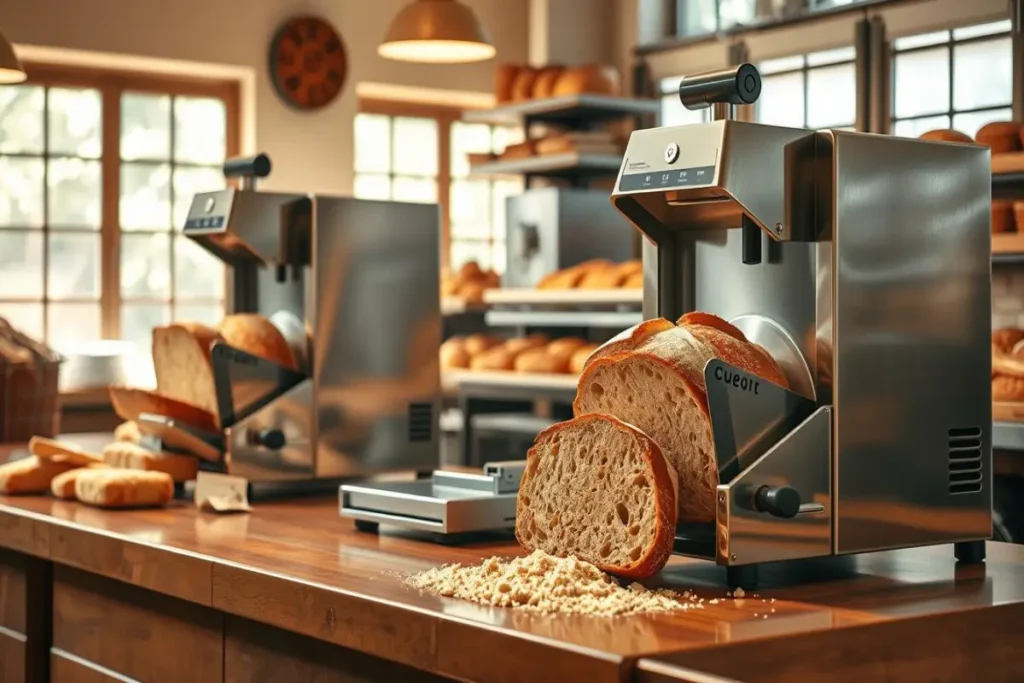
When picking high-volume bread slicing equipment, knowing the production capacity is key. Automatic bread cutters can greatly improve your bakery’s efficiency. They make bread preparation fast and consistent.
Important factors for bread slicing performance include:
- Loaves processed per hour
- Slice thickness consistency
- Bread type adaptability
- Operational speed
Professional bakeries need precise slicing capabilities that meet their production needs. Modern automatic bread cutters can handle 60-120 loaves an hour, depending on the equipment.
"Speed without precision is worthless in commercial bread production." - Bakery Equipment Experts
Commercial bread slicing equipment performance metrics show important details:
| Equipment Type | Loaves/Hour | Slice Precision | Energy Consumption |
|---|---|---|---|
| Entry-Level Slicer | 60-80 | ±2mm | Low |
| Mid-Range Slicer | 80-100 | ±1mm | Medium |
| Professional Slicer | 100-120 | ±0.5mm | High |
Choosing the right high-volume bread slicing equipment is vital. It ensures consistent product quality, cuts labor costs, and boosts bakery productivity.
Cost-Benefit Analysis of Commercial Slicers
For bakery owners, understanding the costs of commercial bread slicers is key. High-quality slicing equipment can boost your bakery’s efficiency and profits.
Initial Investment Breakdown
Commercial bread slicers are a big upfront cost. Prices range from $500 to $5,000, based on features and capacity. Your choice will depend on several factors:
- Machine size and production capacity
- Blade quality and material
- Automation level
- Brand reputation
Long-term Financial Returns
Though the initial cost is high, commercial bread slicers bring long-term benefits:
- Increased productivity
- Consistent slice thickness
- Reduced labor costs
- Potential for expanded product offerings
Operating Cost Considerations
| Cost Category | Annual Estimate |
|---|---|
| Energy Consumption | $150 – $300 |
| Blade Replacement | $100 – $250 |
| Maintenance | $200 – $500 |
Investing wisely in commercial bread slicers can cut down on costs. It also boosts your bakery’s efficiency and product quality.
Safety Features and Compliance Standards
When picking industrial bread cutting machines, safety is key. Today’s bread slicers have top-notch safety features. These features are vital for bakery owners and food service workers.
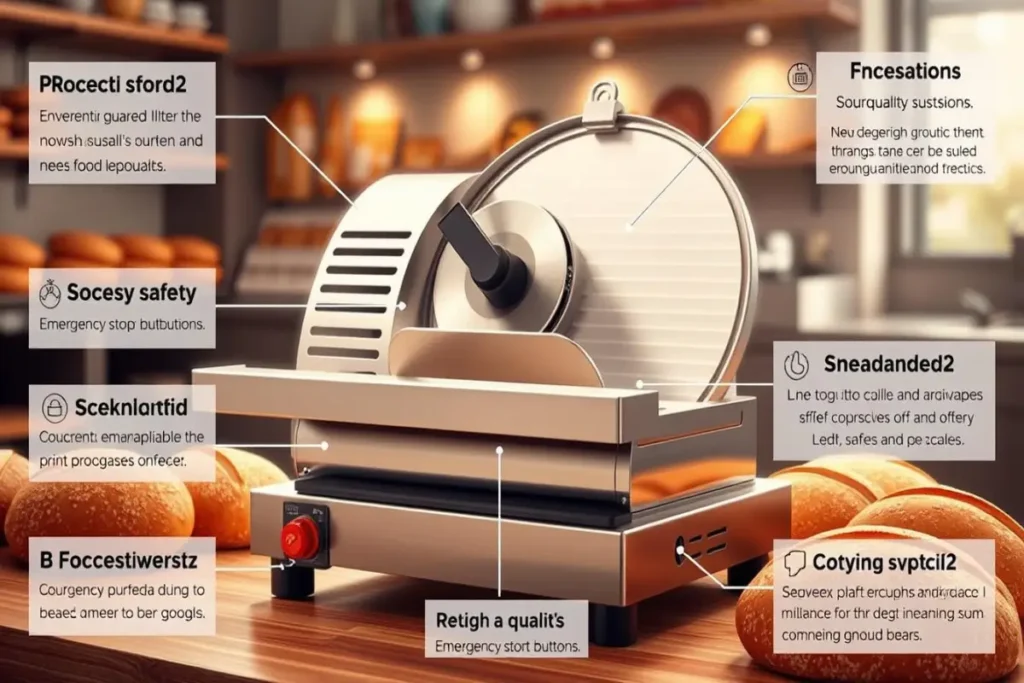
- Blade guards that prevent accidental contact
- Automatic shut-off switches for emergency situations
- Ergonomic designs that minimize operator strain
- Non-slip foot platforms
- Protective shields around cutting mechanisms
"Safety is not an option in commercial food preparation—it's a necessity." - Food Safety Expert
Compliance standards are also important. Professional equipment must follow strict rules. This ensures safety and performance.
| Safety Standard | Key Requirements | Compliance Impact |
|---|---|---|
| OSHA Guidelines | Operator Protection | Mandatory Equipment Modifications |
| FDA Regulations | Hygienic Design | Food Contact Surface Standards |
| ANSI Safety Protocols | Machine Operation Safety | Risk Mitigation Strategies |
It’s vital to have strong safety plans. Training workers, keeping equipment in good shape, and following guidelines can lower accident risks. This is true for bread processing areas.
Choosing top-notch bread slicer machines with strong safety features keeps your team safe. It also makes your work more efficient.
Integration with Existing Bakery Equipment: Sourdough Bread Slicers Commercial Perspective
Adding a new sourdough bread slicer to your bakery needs careful planning. Your workflow and space use greatly affect how well things run.
- Power needs from 120V to 240V
- Enough space (about 5 square feet) around the equipment
- How it fits with your current production line
Workflow Optimization Strategies
Placing equipment wisely can really boost your output. Studies show 60% of bakeries see big gains by smartly placing their slicers. Aim for a seamless production line that uses your sourdough supplies well.
"Efficiency is doing things right; productivity is doing the right things." - Peter Drucker
Space Management Techniques
Good space use means knowing what your equipment needs. About 50% of bakeries face challenges, so planning is key. Look into designs that fit well with what you already have.
- Check your current layout
- Measure equipment sizes carefully
- Think about changes to your workflow
By carefully adding your new slicer, you’ll make your bakery more efficient. This will help you work better and avoid problems.
Customer Support and Warranty Coverage for Sourdough Bread Slicers Commercial Products
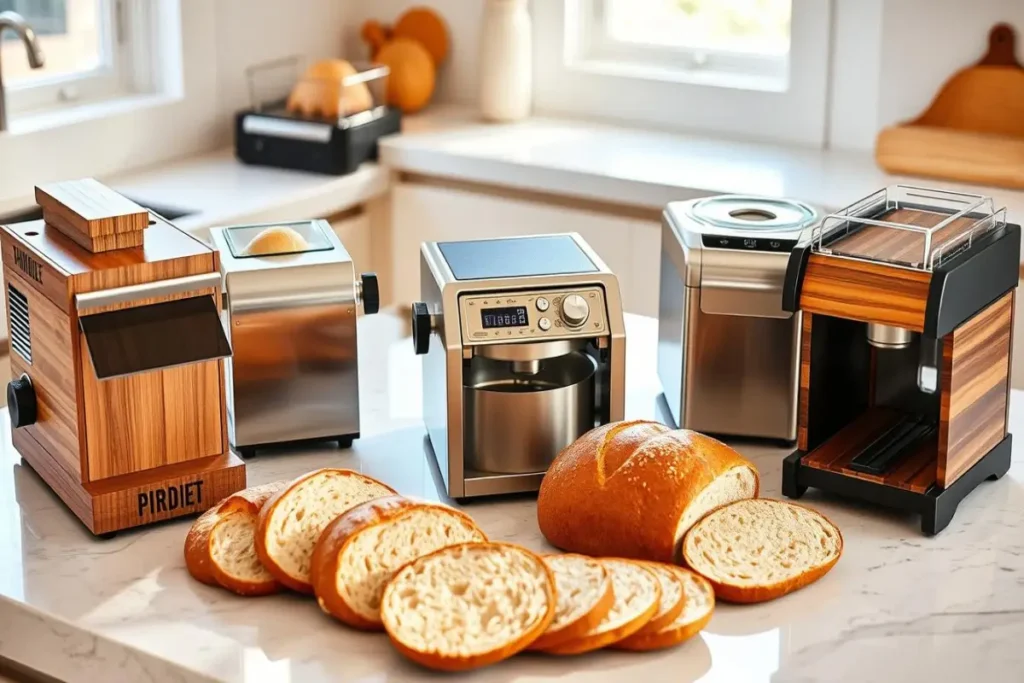
For bakery owners, knowing about customer support and warranties is key. Your bread slicers are a big investment. So, it’s important to protect that investment.
Good customer support for commercial bread slicers includes:
- Quick help with technical issues
- Fast troubleshooting services
- Easy access to replacement parts
- Strong manufacturer warranties
Warranties usually last from 12 to 24 months. Most makers cover against defects and mechanical problems.
"A strong warranty shows a manufacturer's confidence in their commercial bread slicers" - Bakery Equipment Experts
When looking at customer support, think about these important points:
- How fast they answer technical questions
- Online support availability
- Where warranty services are offered
- How clear the warranty terms are
| Warranty Feature | Standard Coverage |
|---|---|
| Parts Replacement | 12-24 months |
| Labor Support | Typically 12 months |
| Technical Consultation | Unlimited during warranty period |
Choosing a bread slicer with great support keeps your bakery running smoothly.
Environmental Impact and Energy Efficiency of Sourdough Bread Slicers Commercial Equipment
Choosing the right industrial bread cutting machines is key for modern bakeries. Today, sourdough bread slicers focus on being energy-efficient. This is a major performance goal.
Bread processing uses a lot of energy, which adds to costs. New commercial bread slicers use advanced tech to cut down on electricity use. They work well even when using less power.
- Reduced power consumption during idle periods
- Intelligent motor management systems
- Low-voltage components
- Eco-friendly materials in construction
More and more, industrial bread cutting machines are made with sustainability in mind. Green technology in these machines helps bakeries cut down on carbon emissions. They can keep up their high productivity levels too.
| Energy Efficiency Feature | Potential Savings |
|---|---|
| LED indicator lights | Up to 70% electricity reduction |
| Automatic shutdown mechanisms | 15-25% energy conservation |
| Precision cutting mechanisms | Reduces food waste by 12% |
"Sustainable equipment is no longer optional—it's a business imperative." - Food Technology Magazine
By choosing energy-efficient sourdough bread slicers, bakeries can save money. They also help the environment. It’s a win-win situation.
Conclusion
Choosing the right sourdough bread slicers can change your bakery's game. The right equipment makes slicing consistent, cuts down on manual work, and boosts your output. A top-notch slicer also makes your bread look better and keeps your workflow smooth.
It's key to know what your bakery needs when picking a slicer. Different models fit different production levels, space, and budgets. Things like blade tech, safety features, and upkeep are important for finding the perfect match.
Getting the right sourdough bread slicers can bring big benefits in the long run. By picking a slicer that fits your bakery's needs, you'll work better, keep quality up, and maybe even save money. Don't think the most expensive is always best – look for one that fits your goals and budget.
Your choice should mix performance, durability, and value. Spending time to research and test different options will pay off. The right slicer is more than a tool; it's a key part of your sourdough success.
FAQs
What makes a commercial sourdough bread slicer different from a home slicer?
Commercial sourdough bread slicers are designed for heavy-duty operations in bakeries and cafes. They feature robust construction, larger chutes, and adjustable slicing settings to handle high volumes of bread efficiently. In contrast, home bread slicers are smaller, less durable, and designed for occasional use.
Why invest in a commercial bread slicer for your bakery?
A commercial bread slicer ensures consistent slice thickness, saves time and labor, and enhances bread presentation. It's a vital tool for bakeries producing large quantities of sourdough or artisan bread, as it minimizes waste and increases efficiency.
Key features to look for in the best sourdough bread slicers commercial machines
The best commercial slicers offer adjustable slicing thickness, stainless steel blades for precision, and durable construction for heavy use. Essential safety features include emergency stop buttons, blade guards, automatic shut-off functions, and non-slip feet. Energy efficiency and noise reduction are also important considerations for optimal performance.
Are electric sourdough bread slicers better than manual ones?
Electric slicers are ideal for high-volume bakeries due to their speed and consistent slicing. Manual slicers, on the other hand, are more budget-friendly and suitable for smaller-scale operations or artisan bakeries where precision control is prioritized.
Can a commercial bread slicer handle different types of sourdough bread?
Yes, most commercial bread slicers are designed to handle a variety of sourdough bread types. They feature adjustable settings to accommodate different loaf sizes, crust textures, and slicing preferences, ensuring versatility in use.
How often should I maintain my commercial bread slicer?
Daily cleaning is essential to maintain hygiene and prevent buildup. Blades should be inspected weekly for wear, while professional servicing every 3–6 months ensures optimal performance and longevity.
What is the average production capacity of a commercial bread slicer?
Production capacity varies by model, with most commercial slicers handling between 30 and 150 loaves per hour. Larger, high-performance models can process even more, making them suitable for large-scale bakeries.
What are the typical electrical requirements for commercial bread slicers?
Commercial bread slicers generally require either 110V or 220V power. High-capacity models may need three-phase power, depending on their specifications. Always consult the manufacturer's guidelines and have a professional handle installation.
How much does a commercial sourdough bread slicer cost?
Prices range from $1,500 to $15,000. Basic models cost $1,500–$3,000, mid-range options with additional features range from $4,000–$8,000, while top-tier machines with advanced capabilities exceed $10,000.
How to choose the right bread slicer for your bakery
Consider your bakery’s production volume, bread types, and budget. Look for a slicer with durability, essential safety features, and ease of maintenance. Ensure the machine meets your specific slicing and operational needs.
What are the best professional sourdough bread slicers for commercial use?
Top professional slicers include fully automatic and precision manual options from leading brands. These machines are designed for durability, consistent slicing, and high-speed performance, making them perfect for handling large volumes of sourdough in bakeries and cafes.
This guide comprehensively addresses the most important aspects of commercial sourdough bread slicers, helping bakeries make informed purchasing decisions.
A Note from the Chef
We crafted it to help you make it perfectly at home.
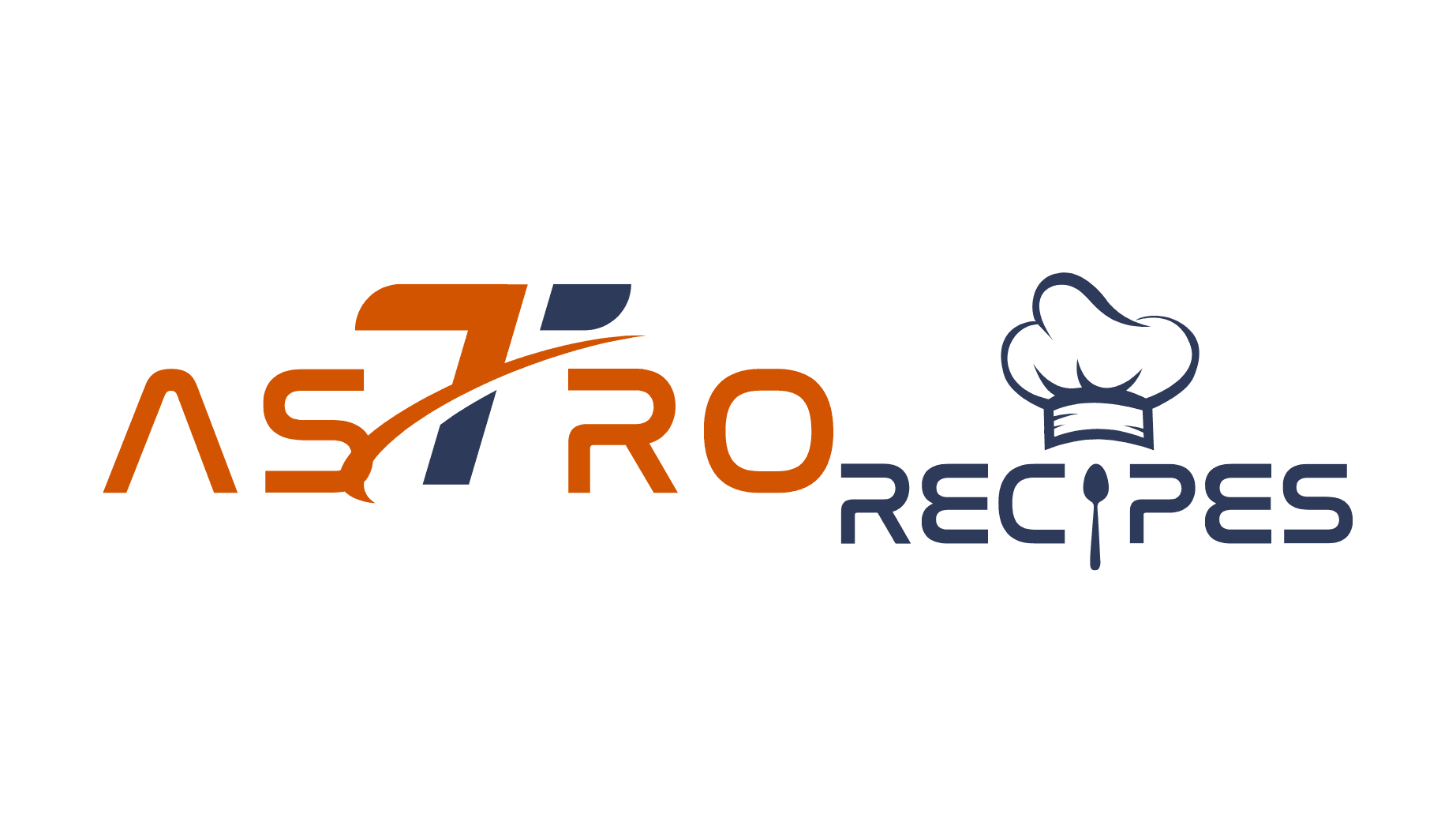
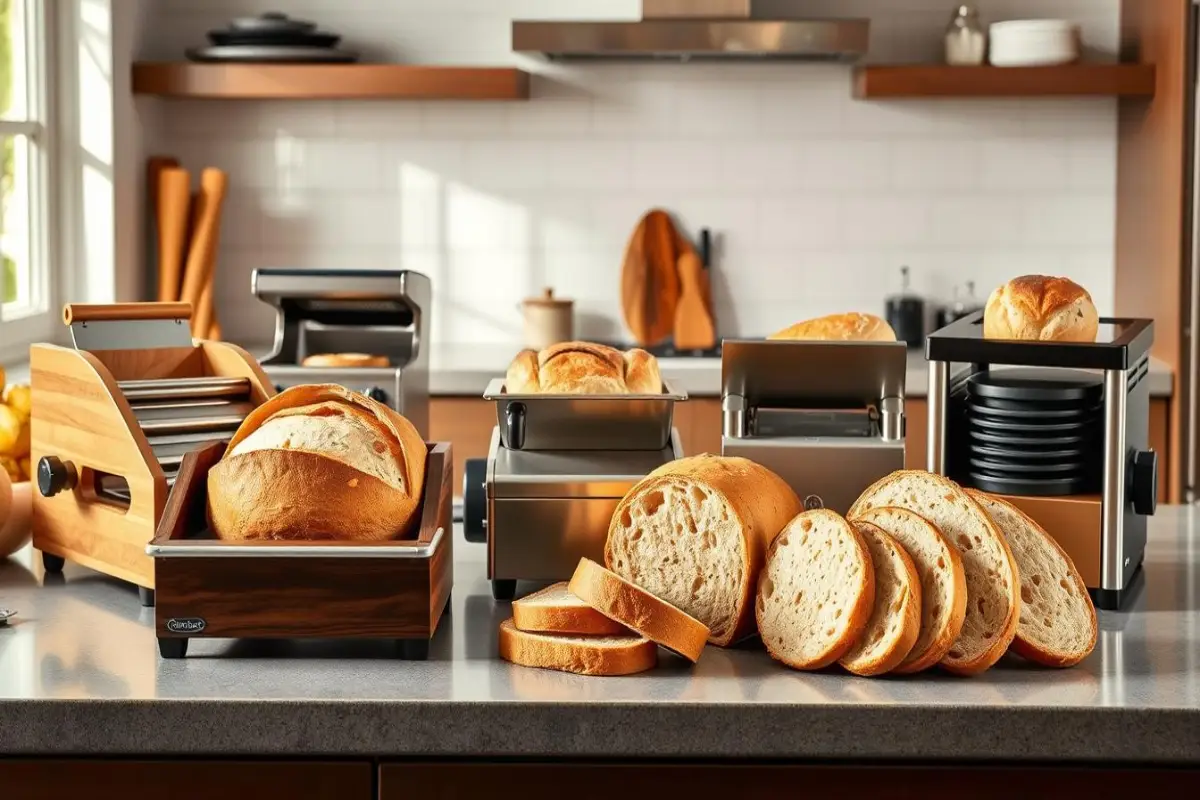


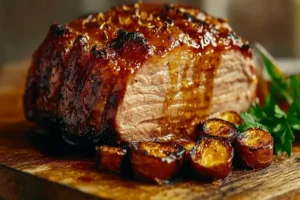


2 thoughts on “Sourdough Bread Slicers Commercial: 5 Top Choices”